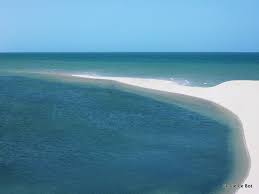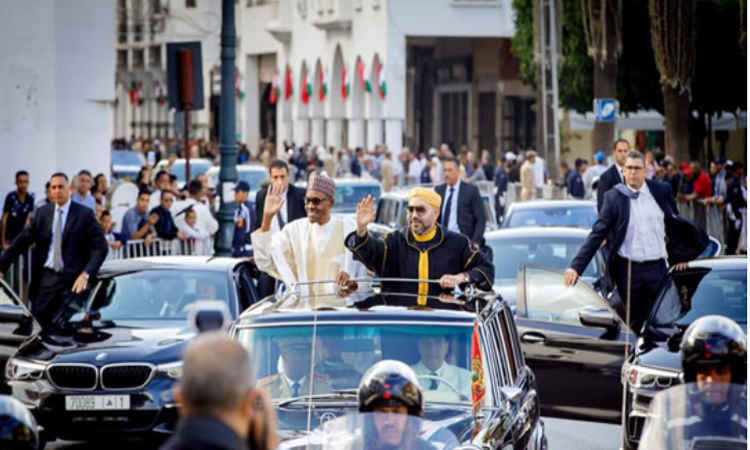 The southern Moroccan region of Dakhla-Oued Eddahab embraces to boost its tourism and become Morocco’s ecological tourism Hub.
The southern Moroccan region of Dakhla-Oued Eddahab embraces to boost its tourism and become Morocco’s ecological tourism Hub.
More than 500 million DH have been earmarked to carry out tourism projects in the region, including several ecotourism projects, particularly in the bay of Oued Eddahab and along the coasts.
The region tourism authorities do want to offer tourists new landscapes but are keen to preserve at the same time the environment and keep it free from carbon emissions.
We do not want visitors to leave carbon footprints but only their footprints on the white sands of this Sahara region, said the representative of the Tourism Ministry in Dakhla, Daifallah Endour, adding that opting for this type of tourism is not only a choice but a necessity.
“Dakhla-Oued Eddahab is a desert region characterized by the vulnerability of its environment and the scarcity of its resources, especially water,” Daifallah Endour said during a conference organized in Dakhla recently by the region’s council and the North-South Action Association.
In this vein, the region’s council has given to some tourist sites an environmental quality label matching international standards.
Among these sites, there is the Dune Blanche, located 30 km from Dakhla. The site, which offers a breathtaking view of the entire lagoon and habitat to migratory birds, including flamingos, has been classified as a Ramsar zone.
Ramsar, an international convention that protects wetlands especially water-bird habitats, and Important Bird Areas (IBAs)) has protected since the early 70s over 1,400 sites worldwide, remarkable for their biodiversity.
The whole bay of Oued Eddahab is also on the Ramsar list and is ranked among the biological and ecological interest sites.
Given the environmental importance of the region, the tourism ministry seeks to limit pressure activities on these sites such as fishing, or accommodation facilities.
The tourism delegate explained in this connection that investors can enjoy a tax exemption of 5 to 10 years, however, they must meet certain standards if they want to open hotels and other tourism projects. The use of sand or wood as construction materials, the recycling of garbage, the treatment of wastewater and the use of solar energy are among the recommendations made to investors, Daifallah Endour said.
The hotels must also be medium sized to avoid mass tourism, he added.
Tourism authorities in the region also seek to create a tourist complementarity with neighboring regions, especially the Canary Islands, so that Dakhla becomes a complementary destination to the Spanish archipelago.
Daifallah Endour deems it necessary to develop win-win strategies with the Canary Islands, particularly regarding the joint marketing of tourism products.
The region, despite its current limited capacity of 580 rooms, has witnessed a steady increase in tourist arrivals. The number of overnight stays in classified hotels jumped from 40,000 in 2012 to 117,000 in 2017, he said, adding that the region intends to double its accommodation capacity by 2020, especially that it is attracting more and more kitesurfers from across the world.
Also, the accessibility to the city will be improved by 2020, as the Moroccan carrier RAM will service 14 Dakhla-Casablanca flights per week and the southern city will be connected to Agadir by a 550-long km highway.
The council of the region has announced it earmarked 8 billion DH to move the factories away from the city, including sardine processing plants, and create a “West Africa Free Zone”, located some 40 kilometers from Dakhla, to preserve the tourist character of the city.
These projects are part of the 26 billion DH-regional development plan launched in 2017. According to the Council President, Yanja Khatat, the Dakhla-Oued Eddahab region has already achieved 30% of the development program.


